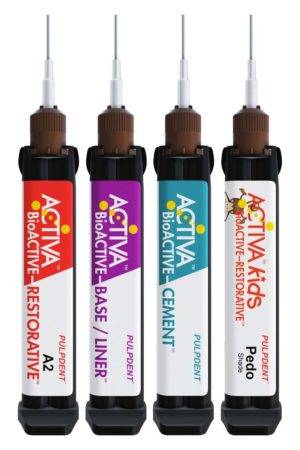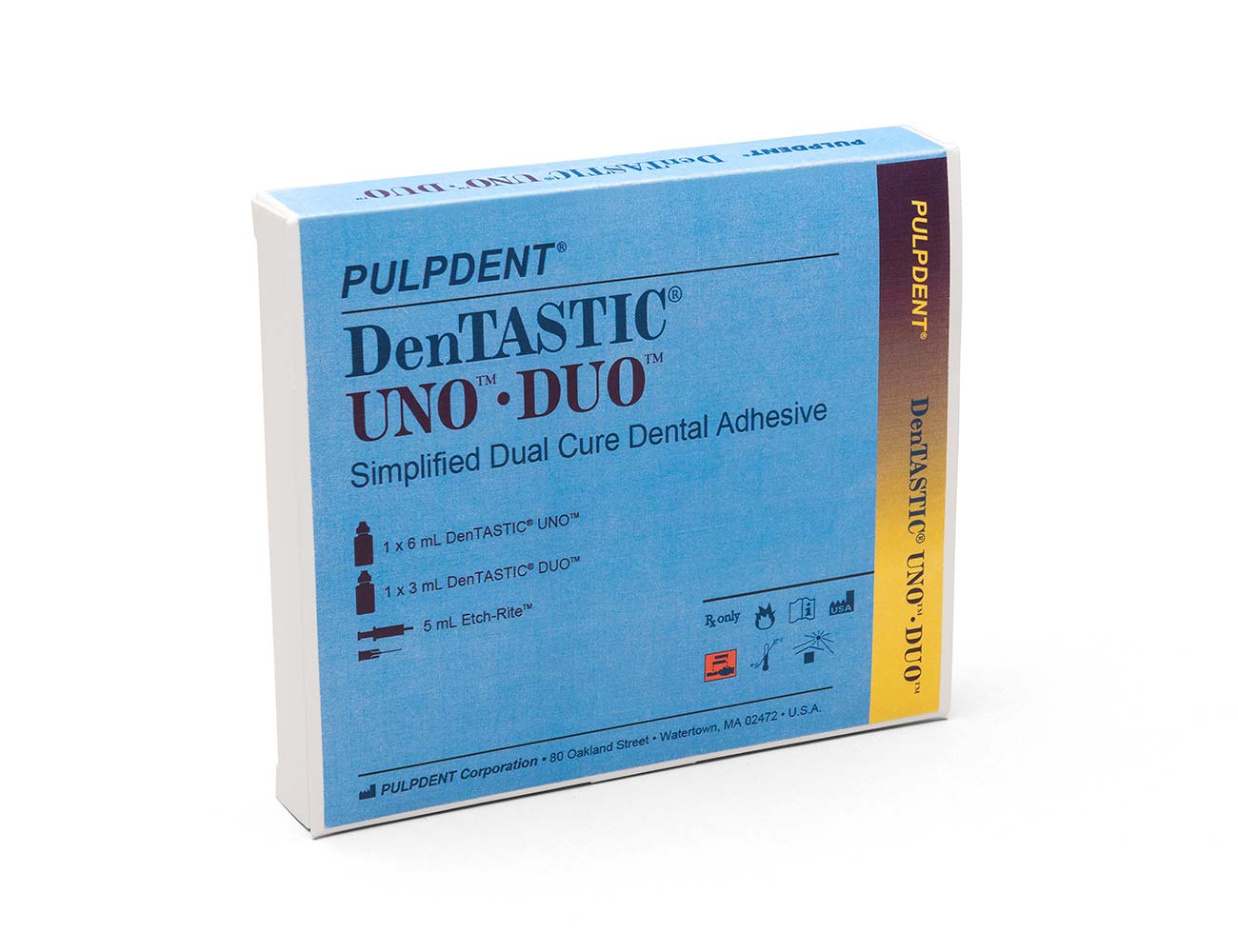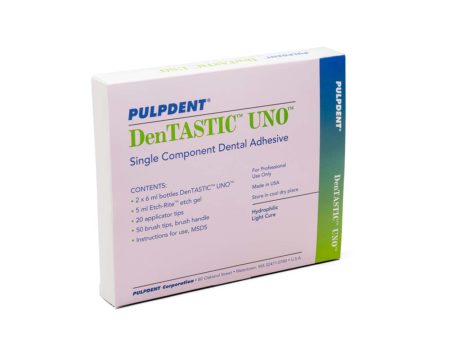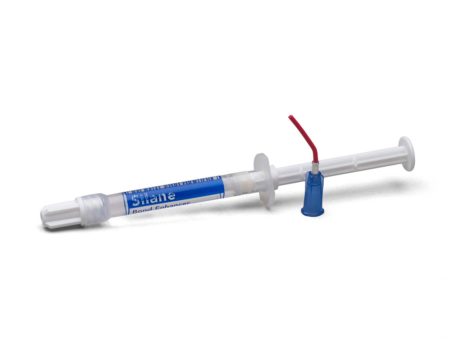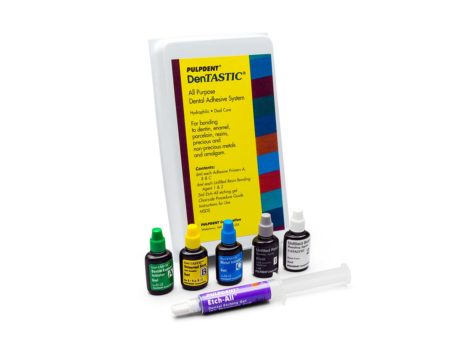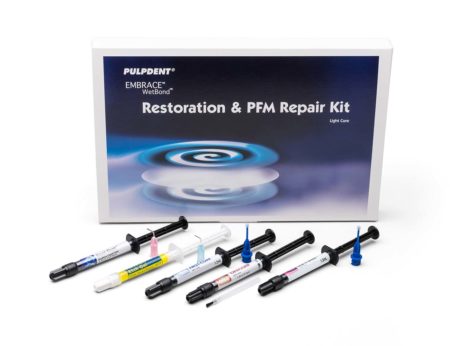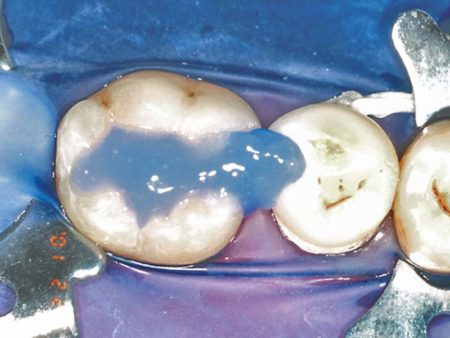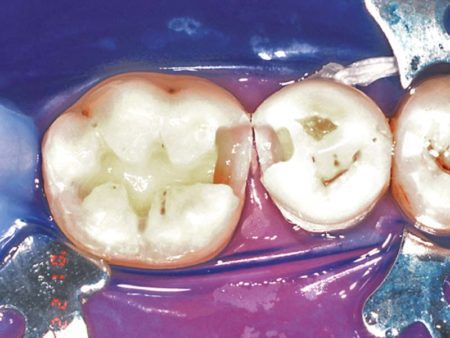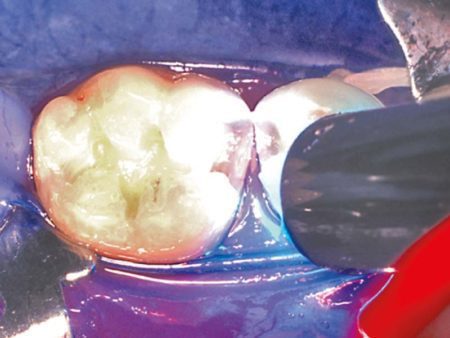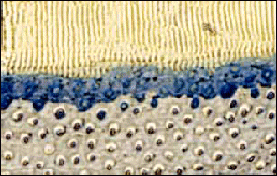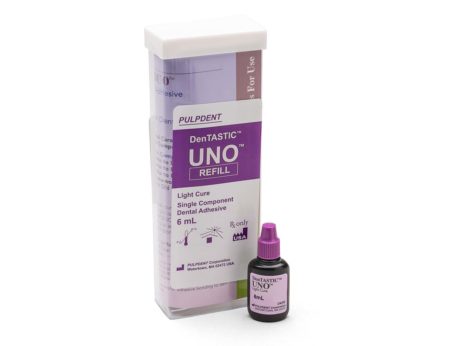
5th Generation Dual Cure Adhesive
Description:
Hydrophilic • Simplified Dual Cure Adhesive
For all direct and indirect clinical applications
Pulpdent has developed DUO as the dual cure catalyst for UNO. UNO-DUO is the simplest dual cure adhesive available and is the top rated 5th generation adhesive for use with self-cure and dual cure core materials.*
Just mix 2 drops of UNO + 1 drop DUO for all-purpose, dual cure capability.
Use UNO + DUO for indirect restorations, such as crowns and inlays, for bonded amalgams or whenever self-cure or dual cure capability is indicated.
* CRA Newsletter April 2003;27(4). 10-minute bond strengths of 34 adhesives to 8 build up resins.
Code and Description:
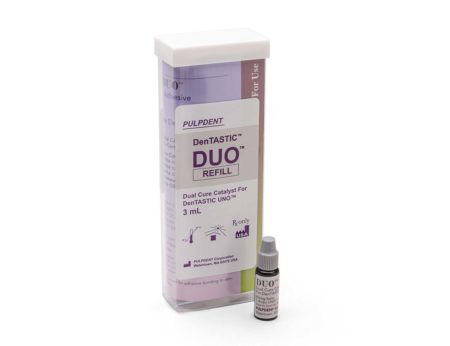
DUO – DUO, 3mL bottle, dual cure catalyst for UNO
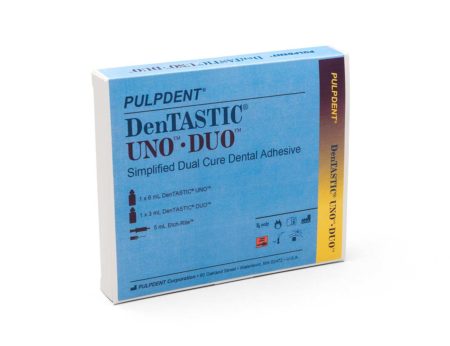
UNDO – Kit: 6 mL UNO, 3mL DUO, 5mL Etch-Rite, 20 applicator tips, 50 brush tips, brush handle
Order Now:





